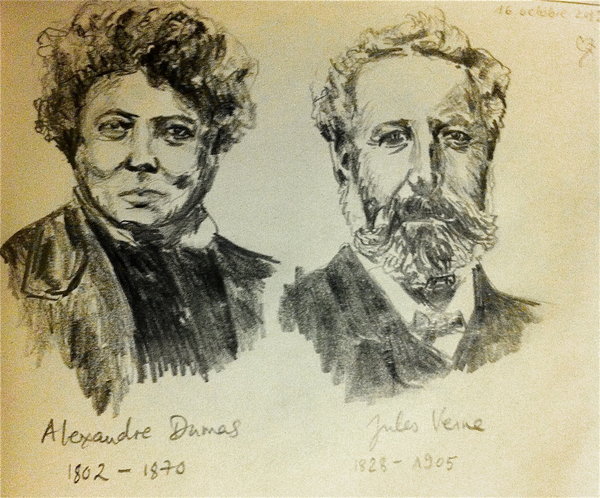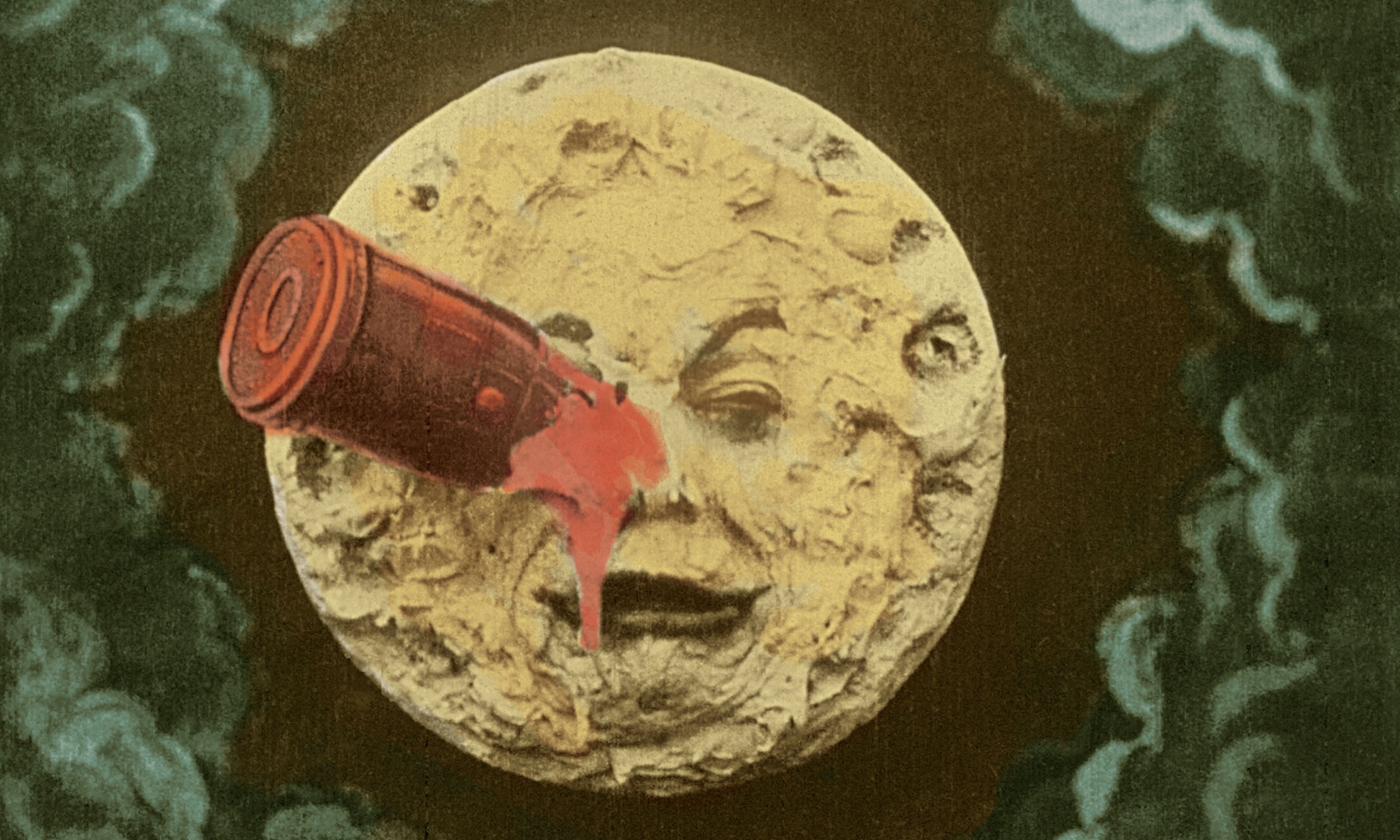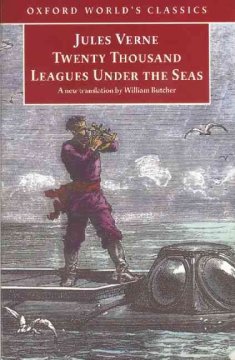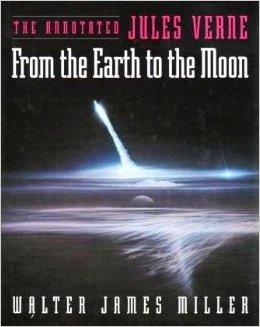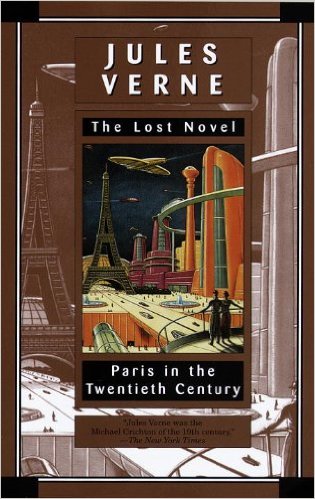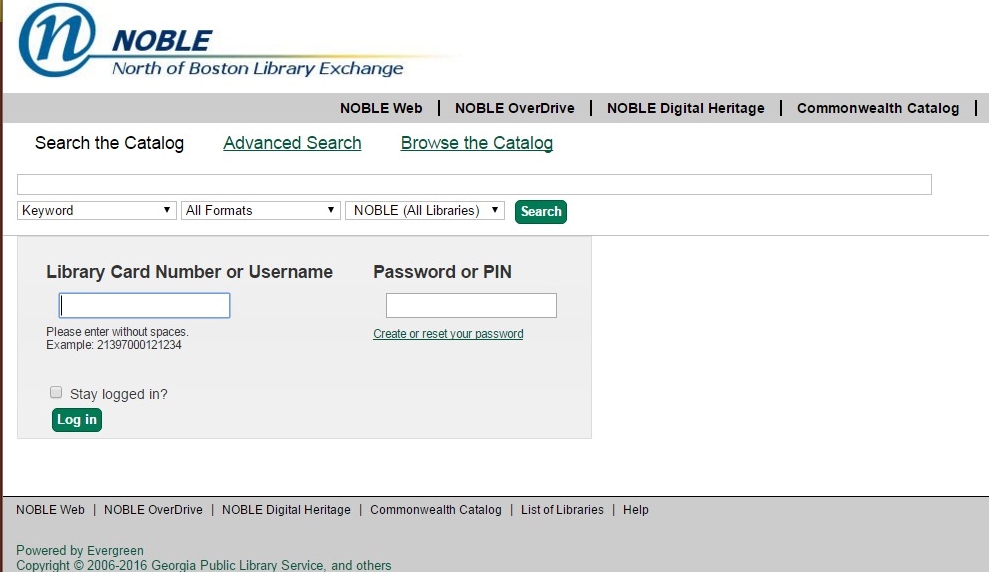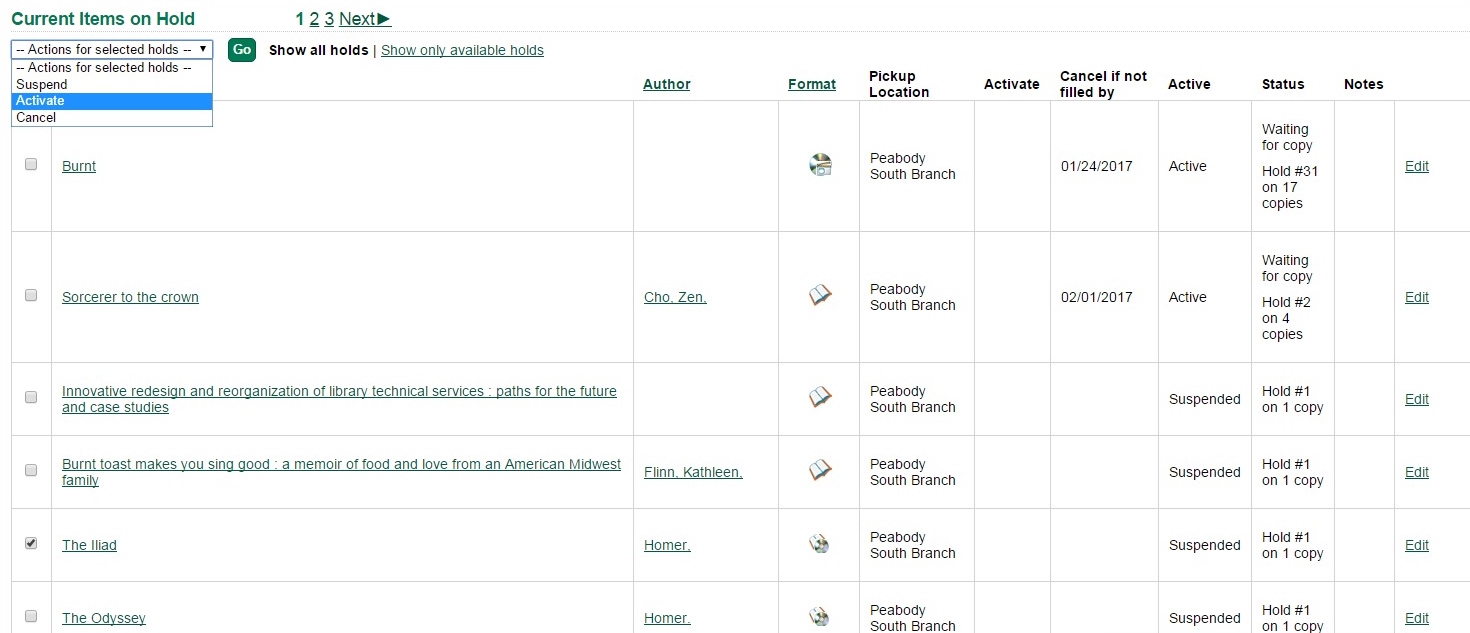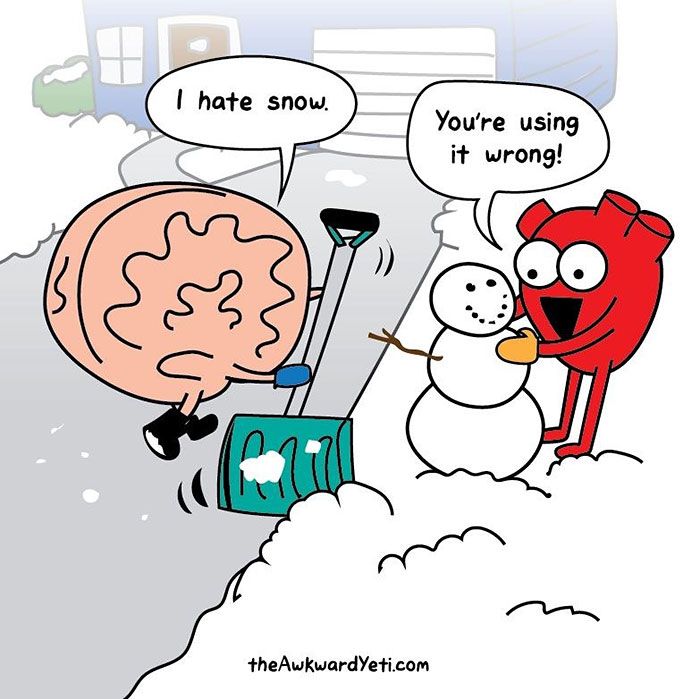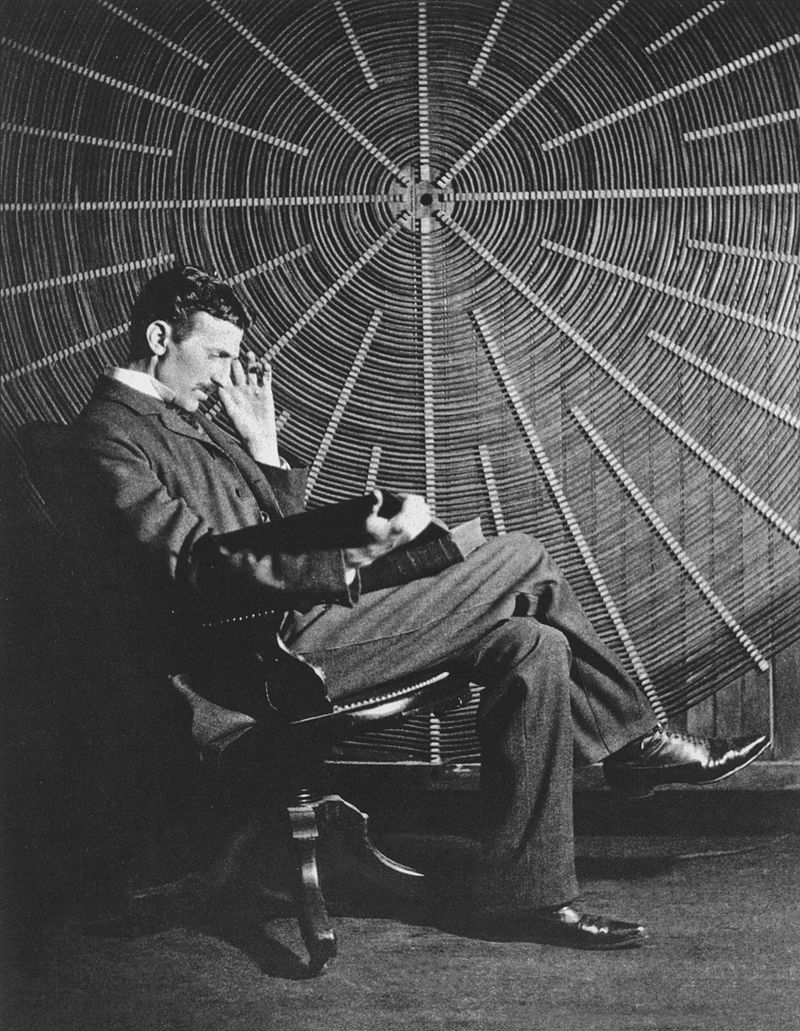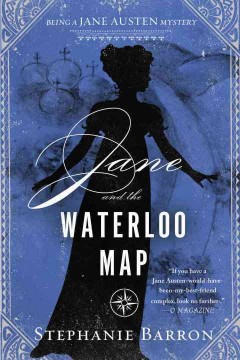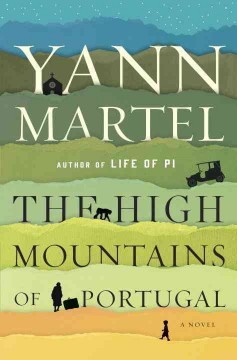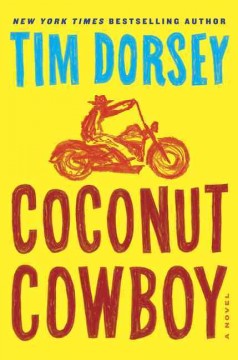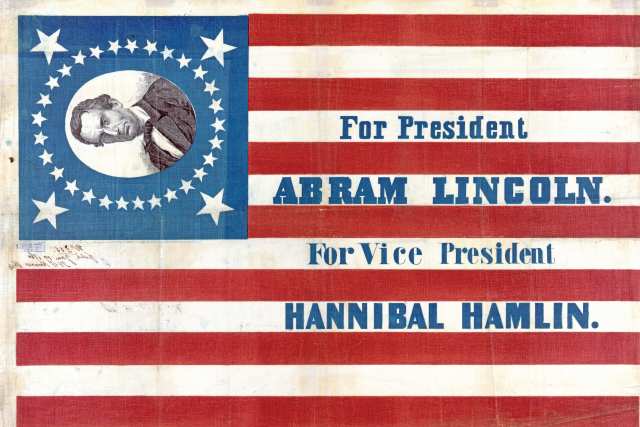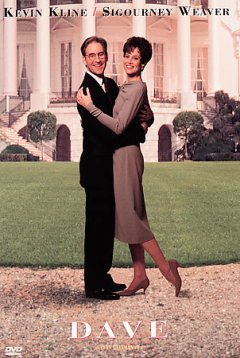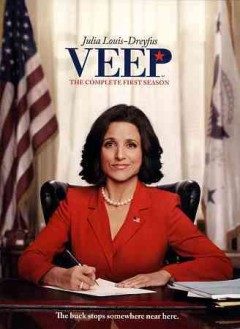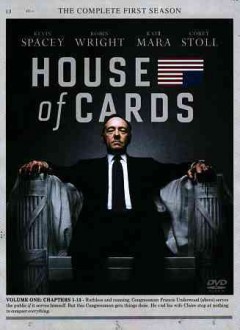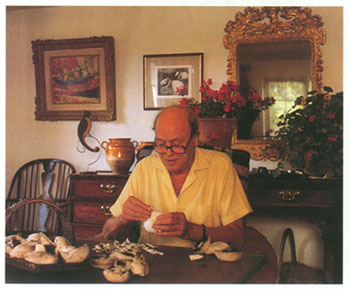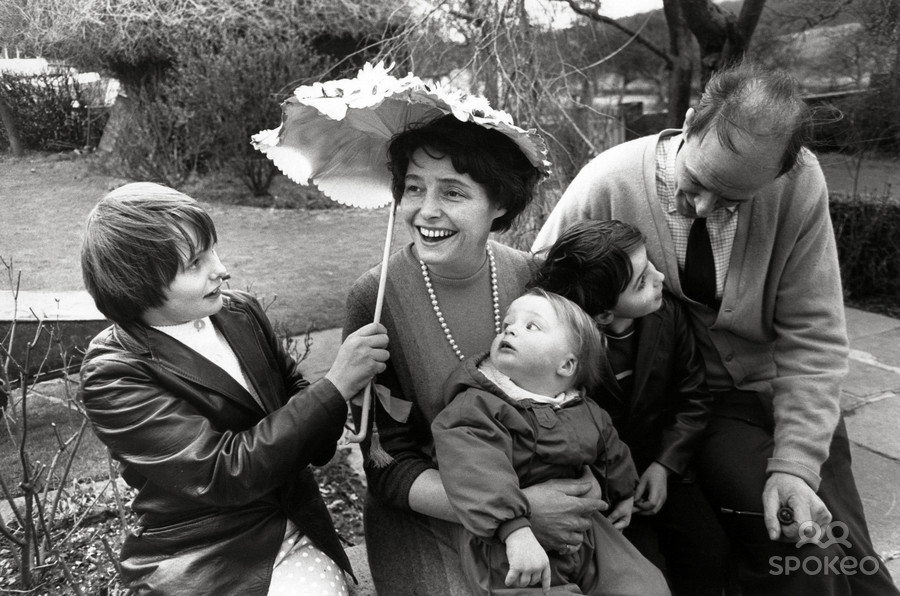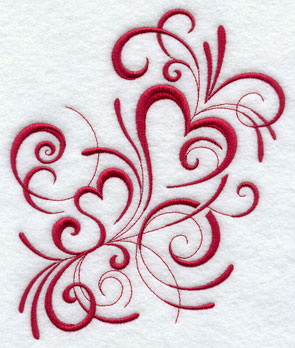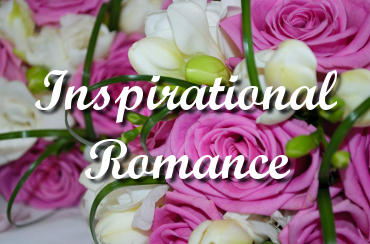Despite being a devoted reader of romances, I’ve always had issues with Valentine’s Day. It’s nothing to do with being, or not-being, in a relationship, and far more to do with how generic a holiday it seems to have become. More than anything, I miss love letters (those of you who were subjected to my Holiday Card Rant probably aren’t surprised by this). Real, honest-to-goodness love letters, not produced in assistance with Hallmark or 1-800-Flowers, but crafted with ink and paper and passion. The kinds that can change the entire course of a narrative, and make a relationship into the stuff of legends. So, in honor of Valentine’s Day, I thought it might be edifying to take a look at some real-life masters of the love-letter and see how it’s meant to be done…
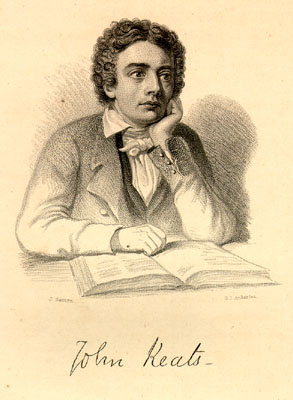 For sheer frenzies of passion, you can’t do much better than John Keats (1795-1821). Impoverished, chronically ill, and Romantic–both in terms of his art and his temperament–Keats’ brief career was perhaps one of the most influential of his era. Much has been made lately of his intense relationship with Fanny Brawne, a neighbor he met sometime in the autumn of 1818, and his letters to her leave no doubt of the depth of his feelings:
For sheer frenzies of passion, you can’t do much better than John Keats (1795-1821). Impoverished, chronically ill, and Romantic–both in terms of his art and his temperament–Keats’ brief career was perhaps one of the most influential of his era. Much has been made lately of his intense relationship with Fanny Brawne, a neighbor he met sometime in the autumn of 1818, and his letters to her leave no doubt of the depth of his feelings:
Sweetest Fanny,
You fear, sometimes, I do not love you so much as you wish? My dear Girl I love you ever and ever and without reserve. The more I have known the more have I lov’d…Can I help it? You are always new. The last of your kisses was ever the sweetest; the last smile the brightest; the last movement the gracefullest…My Mind has been the most discontented and restless one that ever was put into a body too small for it. I never felt my Mind repose upon anything with complete and undistracted enjoyment—upon no person but you.
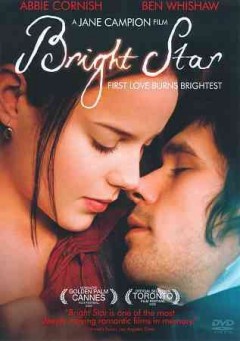 It was a source of constant pain and fear for Keats that his bleak financial prospects made the likelihood of an eventual marriage to Fanny nearly impossible. Worse, his health was so poor that he harbored no illusions about the likelihood of growing old with her. His doctors suggested he move to Italy with his friend, Joseph Severn, in the hopes the worst symptoms of his tuberculosis could be alleviated. Just before his departure, Keats wrote to his love,
It was a source of constant pain and fear for Keats that his bleak financial prospects made the likelihood of an eventual marriage to Fanny nearly impossible. Worse, his health was so poor that he harbored no illusions about the likelihood of growing old with her. His doctors suggested he move to Italy with his friend, Joseph Severn, in the hopes the worst symptoms of his tuberculosis could be alleviated. Just before his departure, Keats wrote to his love,
My dearest Girl,
I wish you could invent some means to make me at all happy without you…I feel it almost impossible to go to Italy—the fact is I cannot leave you, and shall never taste one minute’s content until it pleases chance to let me live with you for good…I wish I was either in your arms full of faith or that a Thunder bolt would strike me.
In the end, the trip was a disaster, and Keats died in Rome on February 23, 1821. Fanny remained in mourning for him for six years, and would be devoted for the rest of her long life to protecting Keats’ memory, which included preserving every letter he wrote to her. Though he died fearing he left nothing behind worth remembering, thanks to Fanny his letters have been preserved for the rest of us.
***
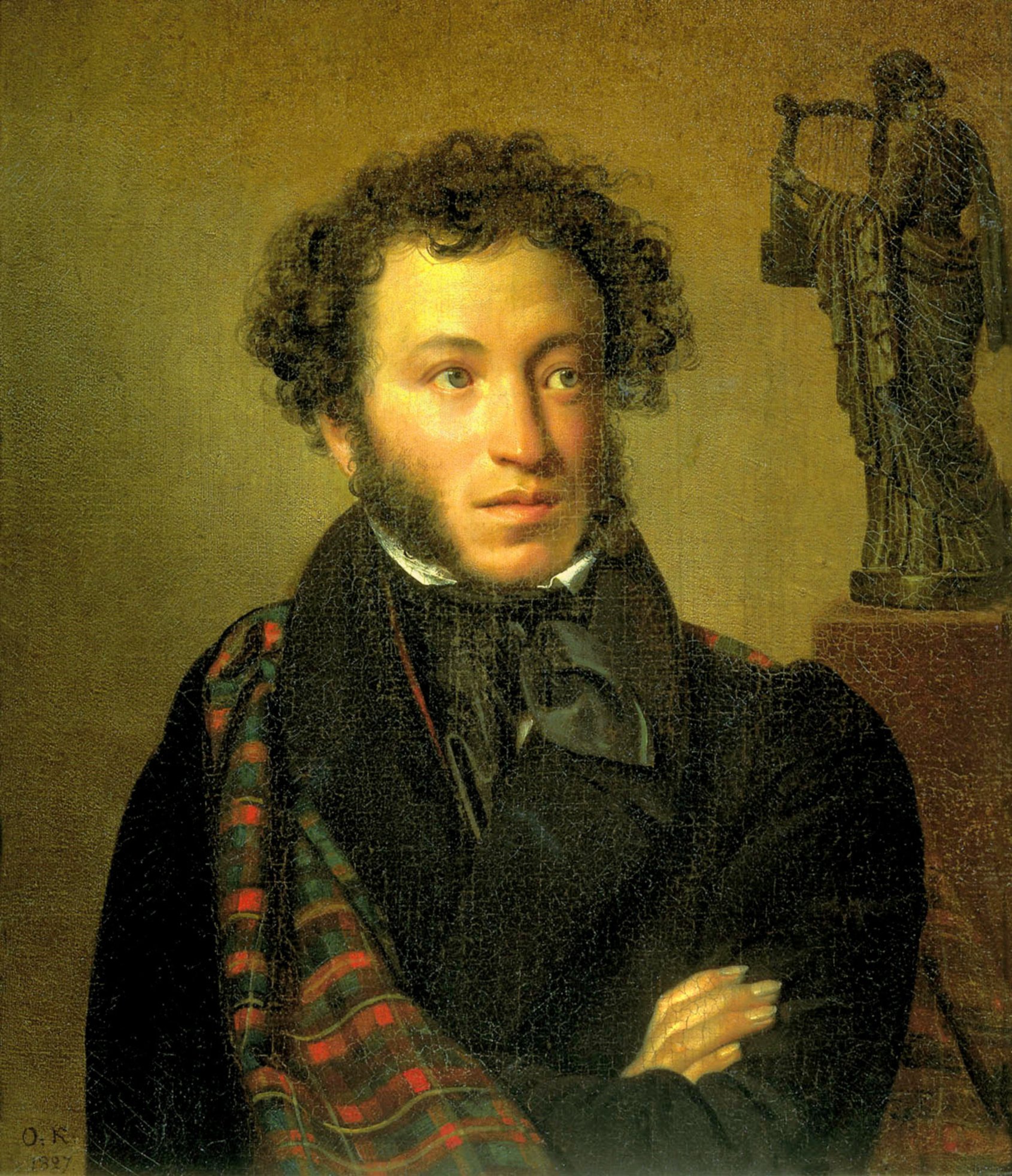 Now we turn to my favorite letter-writer, and all-around fascinating Romantic, Alexander Pushkin (1799-1837). A Freemason, secret member of the Decemberists and a man who fell in love as easily and often as most people catch colds, Pushkin was a master of language and a phenomenal letter-writer; he frequently admitted to being a much more amiable person on paper than in person.
Now we turn to my favorite letter-writer, and all-around fascinating Romantic, Alexander Pushkin (1799-1837). A Freemason, secret member of the Decemberists and a man who fell in love as easily and often as most people catch colds, Pushkin was a master of language and a phenomenal letter-writer; he frequently admitted to being a much more amiable person on paper than in person.
Much of the charm of Pushkin’s letters comes from their honesty—frequently far more honesty than was socially acceptable, but I doubt many of his correspondences minded. Take this letter for example, written to one of his favorite paramours, Anna Petrovna Kern:
I had the weakness to ask you for permission to write you, and you the thoughtlessness or the coquetry to permit me to do it. A correspondence leads to nothing, I know; but I do not have the strength to resist the desire to have a word from your pretty hand…Farewell, divine one. I am frantic and I am at your feet…
[And added to the letter at the bottom:]I take up my pen again, because I am dying of boredom, and I can’t get you off my mind. I hope you will read this letter in secret…Write me all that comes into your head, I entreat you. If you fear my indiscretion, if you do not wish to compromise yourself, disguise your handwriting, sign with a fictitious name—my heart will be able to recognize you. If your words should be as sweet as your glances, alas! I shall try to believe them or to be deceived; it’s all the same.
Puskin is also responsible for writing one of the most famous love letter/poems in Russian literature–to a young serving maid who worked in a house he was visiting. The poem was written in 1828, and published in 1830, and has since become the standard poem for all who have loved–and lost.
I loved you once: perhaps that love has yet
To die down thoroughly within my soul;
But let it not dismay you any longer;
I have no wish to cause you any sorrow.
I loved you wordlessly, without a hope,
By shyness tortured, or by jealousy.
I loved you with such tenderness and candor
And pray God grants you to be loved that way again.
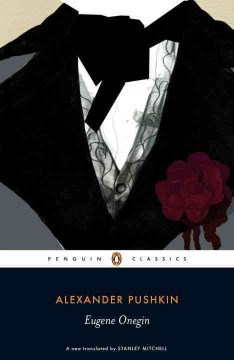 Part of the magic of this poem is that it is nearly impossible to translate without breaking up the meter–it not only has a heart, but a soul, too. Like any good Romantic, Pushkin was killed in a duel with his brother-in-law, Georges-Charles d’Anthès, who was most likely involved in an affair with Pushkin’s less-than-devoted wife (rumors are that she was also carrying on with Tsar Alexander I). Speaking of which, if you want to learn how to write a note that will incite a duel, check out Pushkin. But perhaps that is a pst for another holiday….?
Part of the magic of this poem is that it is nearly impossible to translate without breaking up the meter–it not only has a heart, but a soul, too. Like any good Romantic, Pushkin was killed in a duel with his brother-in-law, Georges-Charles d’Anthès, who was most likely involved in an affair with Pushkin’s less-than-devoted wife (rumors are that she was also carrying on with Tsar Alexander I). Speaking of which, if you want to learn how to write a note that will incite a duel, check out Pushkin. But perhaps that is a pst for another holiday….?
Stay tuned for more love letters to come!



